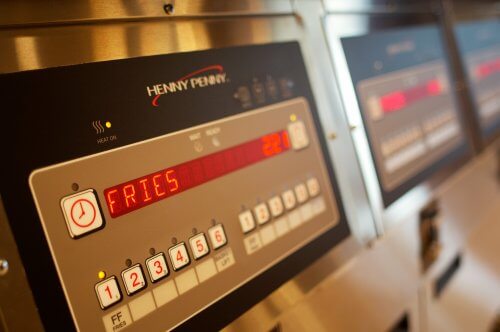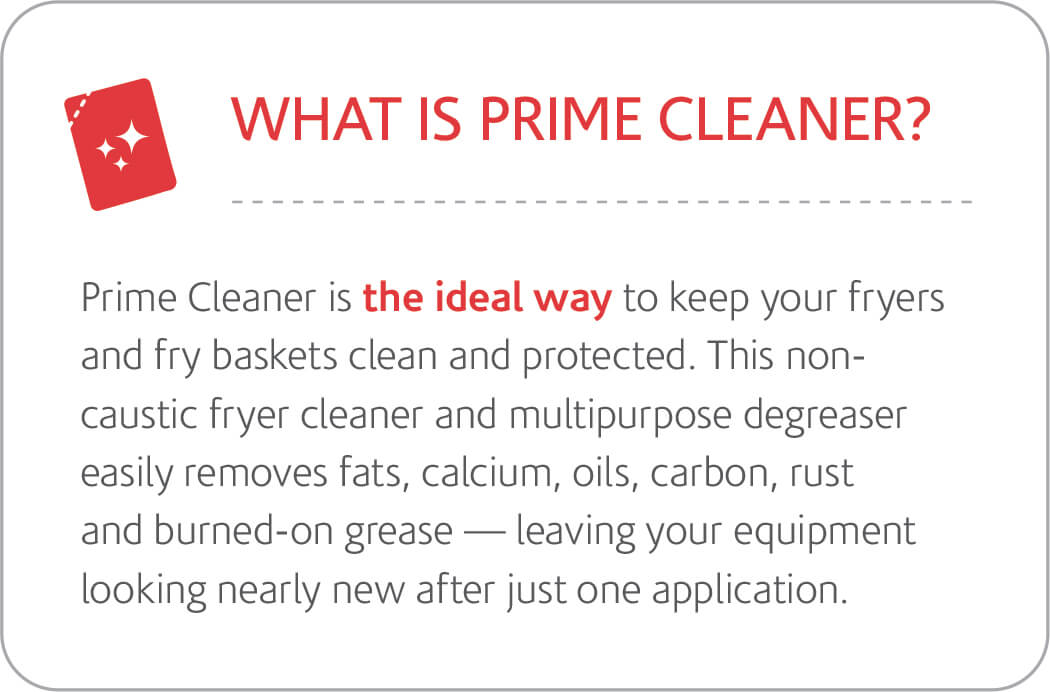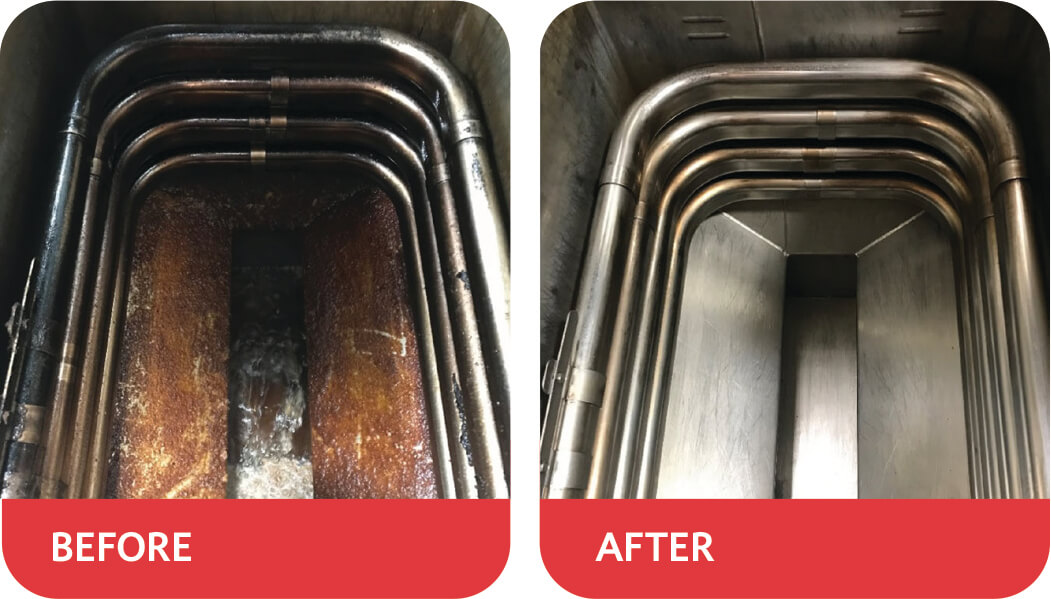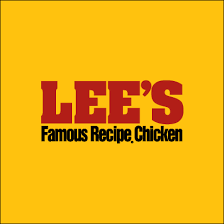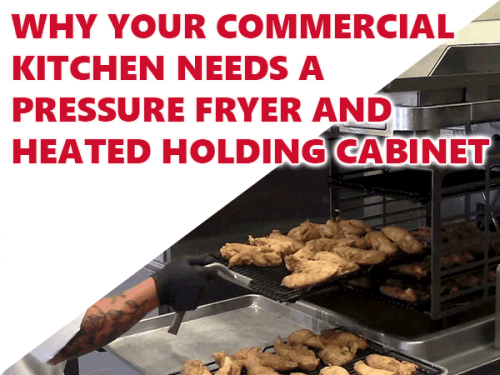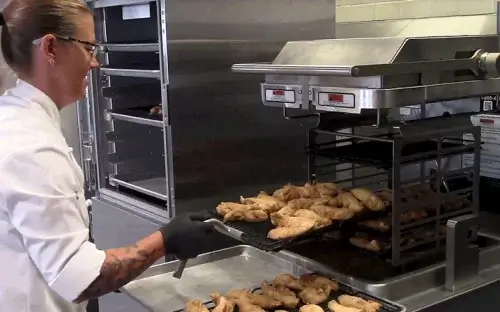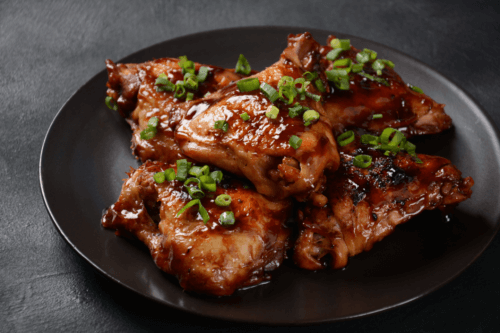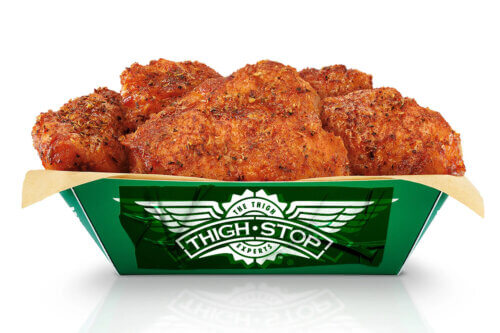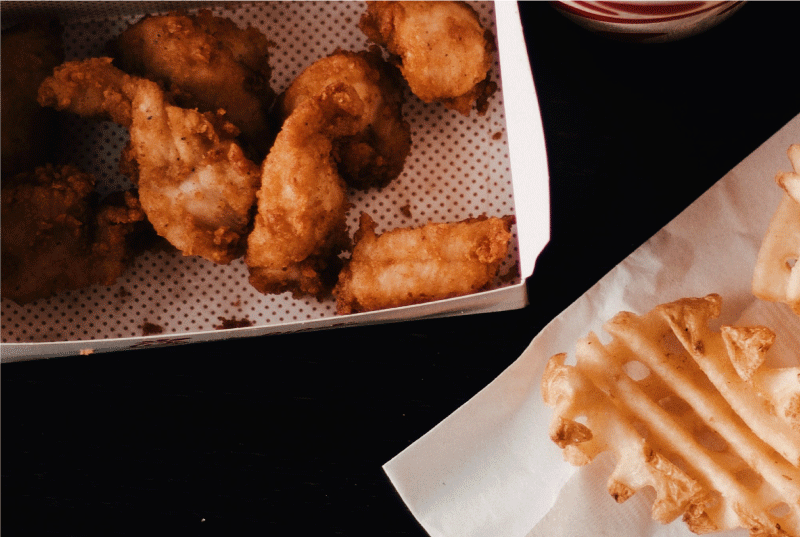
As the chicken craze continues, we’ve got the tips on how to keep your customers coming back for more. Dive into Henny Penny’s latest blog post, “2022 Chicken Trends: 3 Tips to Keep Customers Coming Back.” Discover what Chef Gregg believes to be the hottest trends and insights in the world of poultry.
From innovative menu ideas to the art of perfecting your fried chicken recipe, we’re serving up strategies that will help your restaurant thrive. Don’t miss out on what’s sizzling this year—read their blog for the ultimate tips to satisfy your chicken-loving audience.
Versatility:
Embracing a whole-bird strategy is suggested, allowing operators to negotiate with suppliers. They an also mitigate increased costs for premium chicken cuts, such as breasts and wings. Chicken thighs, a cost-effective and flavorful option, are anticipated to shine in 2022. They have been making their way onto quick-service restaurant menus alongside traditional chicken-only chains.
Innovation:
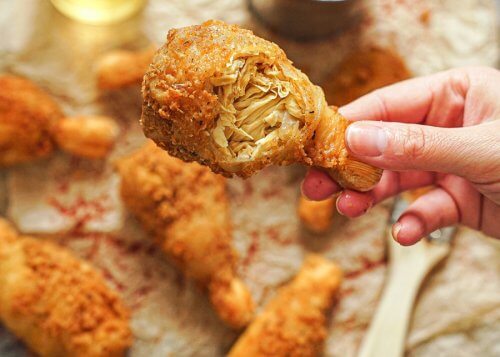
The chicken industry witnessed the “chicken sandwich wars” from 2019 through 2021, resulting in a surge of new chicken offerings on menus across the foodservice industry. Many operators are introducing plant-based alternatives, such as sandwiches, nuggets, and faux “chicken” buckets. 2022 will also see a focus on unique flavors, with international influences like Asian, Caribbean, and Mediterranean-inspired flavors making headlines. Additionally, alternative protein sources, including lab-grown meat or cultured meat, are gaining momentum – although regulatory approval is pending.
Consistency:
Consistency is key when it comes to customer satisfaction and a favorable bottom line. The fry must consistently deliver the perfect chicken—juicy inside, crispy outside, hot, and fresh. Henny Penny equipment is great at this. Consider the 4-Head Pressure Fryer, FlexFusion Platinum Series Combi Oven, Velocity Series Pressure Fryer, and SmartHold Humidified Holding Cabinet.
“2022 Chicken Trends: 3 Tips to Keep Customers Coming Back”
Originally Posted By Chef Gregg, Corporate Executive Chef for Henny Penny


